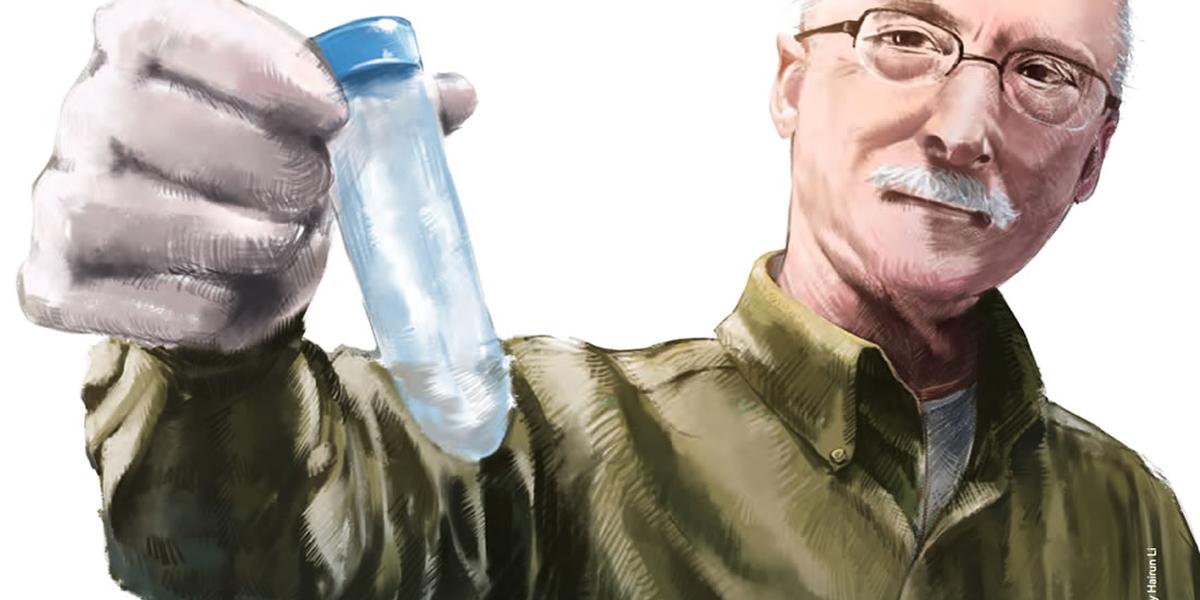The bright future of "mini-brains"
Tim O’Brien, DVM, PhD, DACVP, and his team have discovered an innovative and efficient way to construct lab-made brain organoids, which could lead to breakthroughs in treating neurological diseases

Tim O’Brien, DVM, PhD, DACVP, and his team have discovered an innovative and efficient way to construct lab-made brain organoids, which could lead to breakthroughs in treating neurological diseases
Illustration by Hairun Li
While Tim O’Brien, DVM, PhD, DACVP, and his team aren’t the first to develop lab-made brain organoids— known as “mini-brains”—they are the first to discover a high-yielding and efficient way to construct them.
A College of Veterinary Medicine professor and division head of Comparative Pathology in the Department of Veterinary Population Medicine, O’Brien hoped that by exposing induced pluripotent stem (IPS) cells to a hydrogel, he and his team could grow the IPS cells in 3-D.
“One of the two components in the hydrogel had previously been used to propagate IPS cells,” says O’Brien. The team of scientists anticipated the same outcome. But rather than proliferating, the cells formed mini- brains, a material that shows promise for potentially treating devastating human diseases such as Parkinson’s disease, Alzheimer’s disease, and childhood cerebral adrenoleukodystrophy.
So what does O’Brien’s team’s discovery mean for the world of neurological research? “Many or most other methods derive products from various animals, and that is very difficult to standardize,” says O’Brien. By using a defined hydrogel, the researchers have achieved maximum consistency in method and replication. “Our approach is so simple that we can make between 10 and 20 times as much matter as anyone else can with the same amount of effort.”
This new system for generating mini- brains could provide scientists with a more scientifically accurate and productive experimental model for their research. Eventually, scientists could use IPS cells from a patient’s skin sample to design mini-brains with the individual’s exact genetic makeup and inject the organoids into the patient’s brain to regenerate damaged cells.
According to O’Brien, much of this work was supported by patent royalty funds from a discovery in diabetes research he had previously done with Ken Johnson, DVM, PhD, in the 1980s. “This patent was still generating income because Ken generously set it up so that some of the funds would come back to the lab for research pursuits,” O’Brien says. “We are hopeful that this discovery can lead to breakthroughs in neurological diseases.”